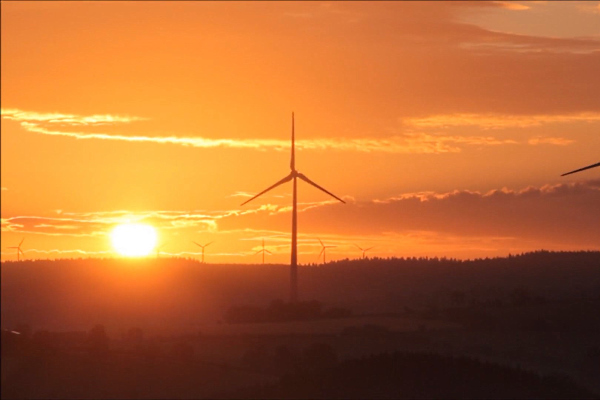After receiving the necessary documents (application form and project presentation), our team will try to review your request as soon as possible, and leading experts will offer the best options for project funding.
Despite their age, there are still more than 40 such power units in operation, which, after modernization, continue to play an important role for a stable power supply to the country.
In the 2010s, it was proposed to invest in extending the life of old thermal power plants by adapting them to work in conjunction with wind farms and photovoltaic systems.
This increases the so-called operational flexibility, which means rapid adjustment of power depending on the load in the power grid. In many countries, this is achieved through the efficient use thermal power plants and nuclear power, as well as advanced energy storage technologies.
It was supposed to be a less capital intensive solution than the mass construction of, for example, gas-fired combined cycle power plants. Decisions in the field of nuclear power look even more complicated, since the launch of the first nuclear power plant in Poland may not take place until 2030.
In order to balance the energy system, at the end of 2019 Poland started the final stage of the Bloki 200+ program funded by the National Center for Research and Development.
The program was originally expected to end in March 2021. Due to the pandemic and delays in commissioning power units by contractors, the program was completed almost a year later. This is now affected by the change in the rules of the game as a result of Russian actions against Ukraine, with subsequent adjustments in the EU energy policy of the towards climate neutrality.
The option of a longer use of coal during the transition period of the transformation of the Polish energy sector is becoming a real option.
This does not mean that the authorities should abandon the development of renewable energy sources.
Rather, on the contrary, investments in this sector are increasing against the backdrop of a difficult geopolitical situation. However, on the way to achieving ambitious climate goals, the country is striving to ensure the stability of the electricity supply system.
Therefore, an impressive reserve of old thermal power plants can be an important resource for Poland's energy security.
Three contractors took part in the Bloki 200+ program:
• Scientific and technical service provider Pro Novum Sp. z o.o. (Katowice).
• Consortium consisting of Polimex Mostostal, Transition Technologies, Energoprojekt-Warszawa and Warsaw University of Technology (WUT).
• Consortium of Rafako and its subsidiary company Rafako Innovation.
The planned technical solutions were agreed upon and verified by authoritative expert groups, including the Towarzystwo Gospodarcze Polskie Elektrownie.
The budget agreed by the National Research and Development Center was PLN 86.5 million for Rafako, PLN 62.4 million for the Polimex Mostostal consortium, and PLN 12.4 million with Pro Novum. The engineering part of the program did not require any capital-intensive modernization services, being based mainly on diagnostics and testing of the existing technical reserves of power units.
In June 2021, the President of the Energy Regulatory Office (ERO) released an alarming report on investment plans for new generation capacity for 2020-2034.
The report showed that the energy companies intended to introduce a total of about 14.2 GW of new capacity. At the same time, 18.8 GW are subject to decommissioning, which means a power loss of 4.6 GW.

Given that coal-fired power units (16.7 GW) will be decommissioned, and more than half of the new capacity will come from unstable renewable sources, the real installed capacity in the Polish energy sector should have been reduced by 10.6 GW.
According to experts, coal-fired power units can balance the need for electricity in the next 15 years or longer.
Therefore, today it seems right to invest and modernize as many units as possible and adapt them to work with wind farms and PV systems.
This will make them an effective temporary bridge for the energy transition in Poland.
The calculations of the Polish Power Plants Association show that it is possible to upgrade approximately 20-25 coal-fired power units not only of the 200 MW class, but also of the 360 MW class. The information provided so far by the contractors has shown that the solutions developed in the NCBR program can also be used on larger units.
Experts estimate that this upgrade could maintain about 5 GW of available capacity until 2035 at a capital cost of PLN 50-70 million for a 200 MW unit and PLN 70-100 million for each 360 MW unit.
In the coming years, new power units should be adapted consistently, which in the future will most likely operate no more than 4-5 thousand hours a year.
Upgraded units can remain sub-peak sources and balance unstable RES sources.
This concept can be widely used until the energy system is supplemented by investments in nuclear power and innovative energy storage technologies.




























